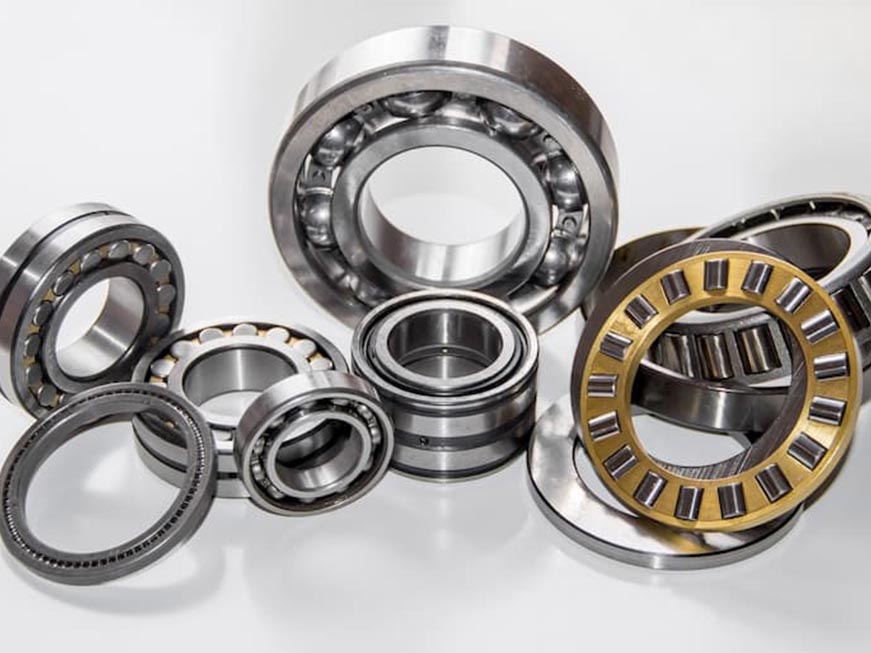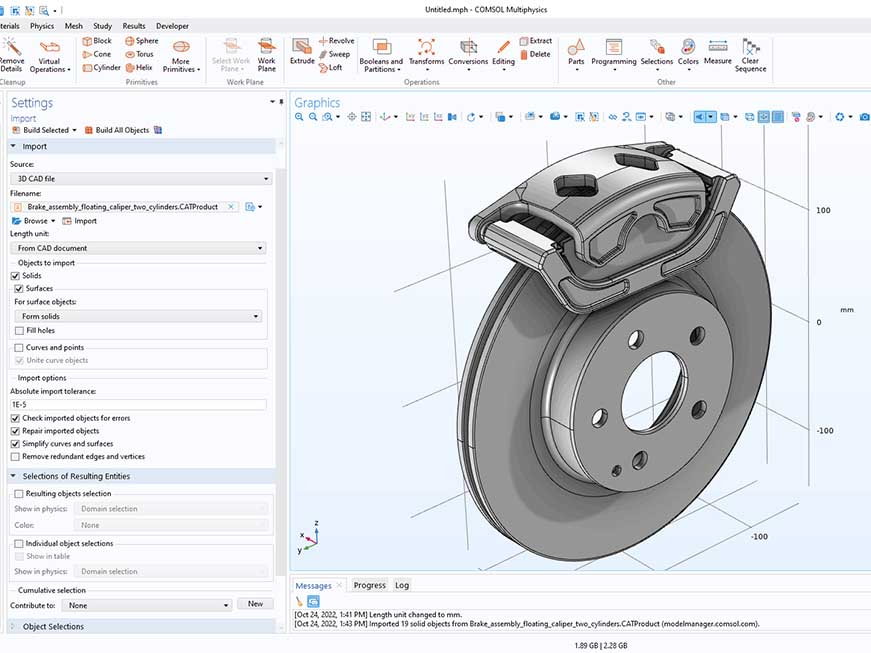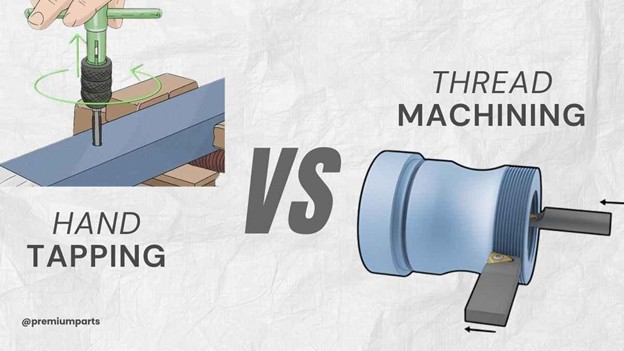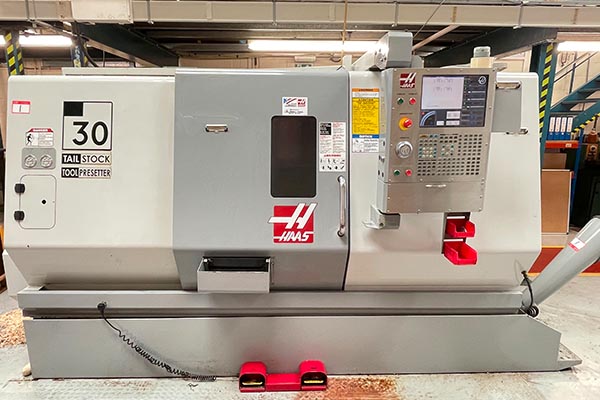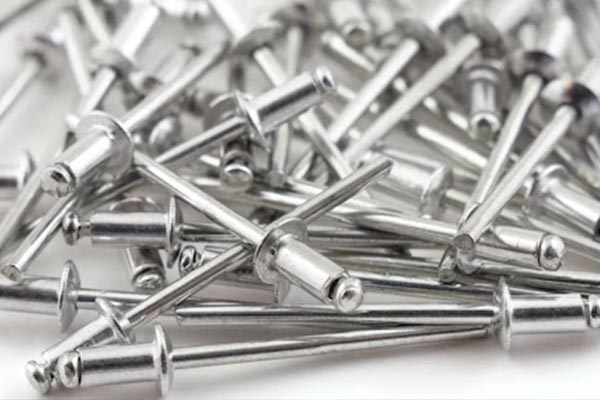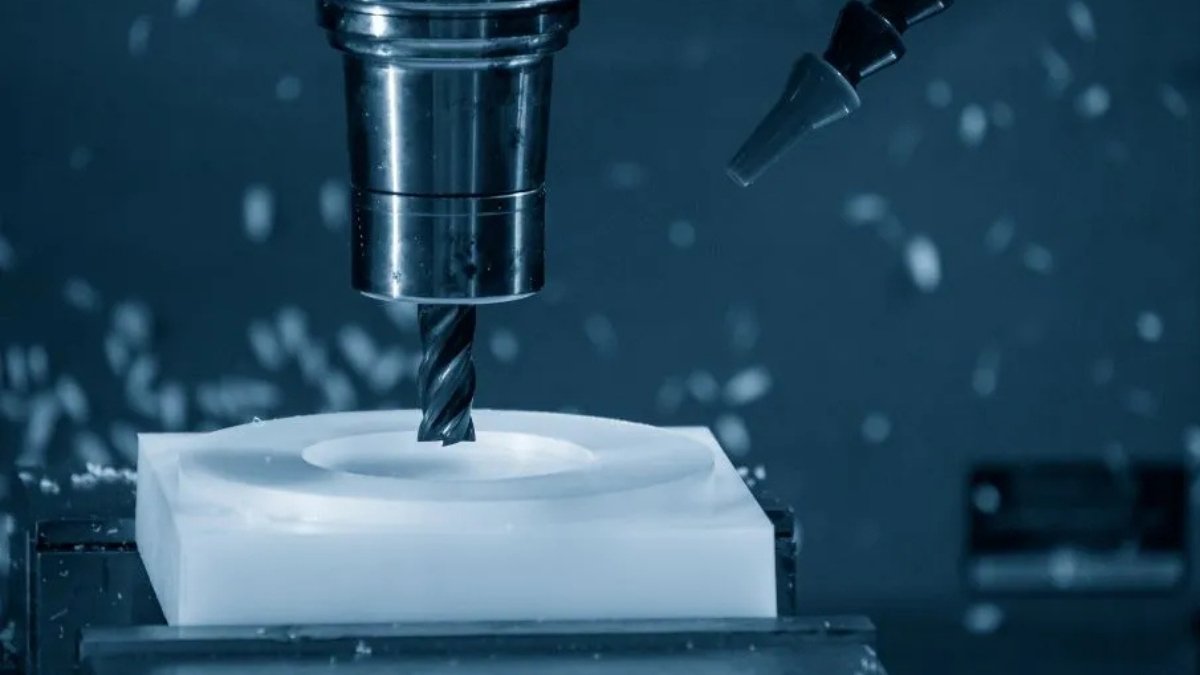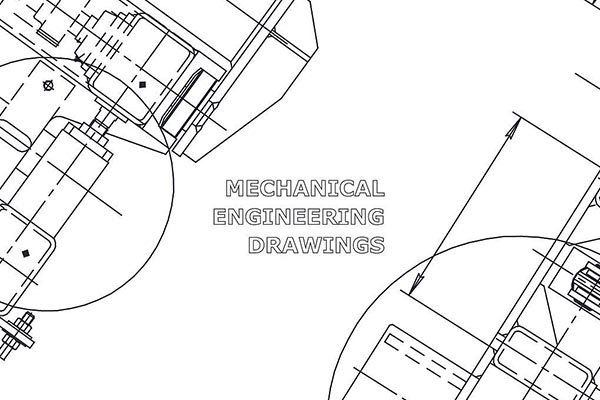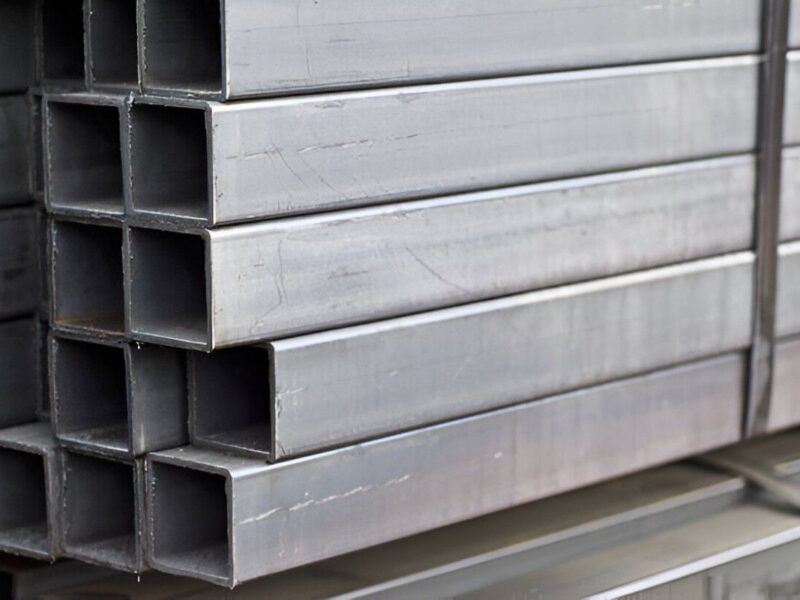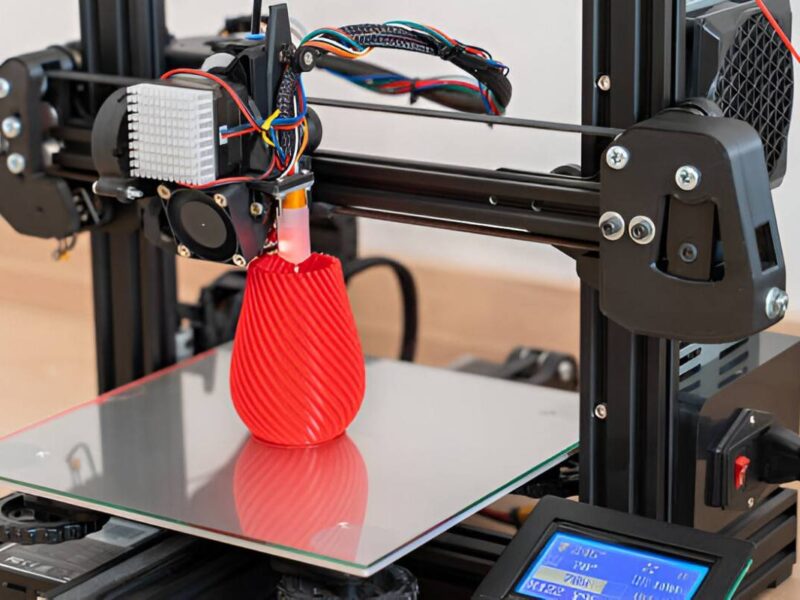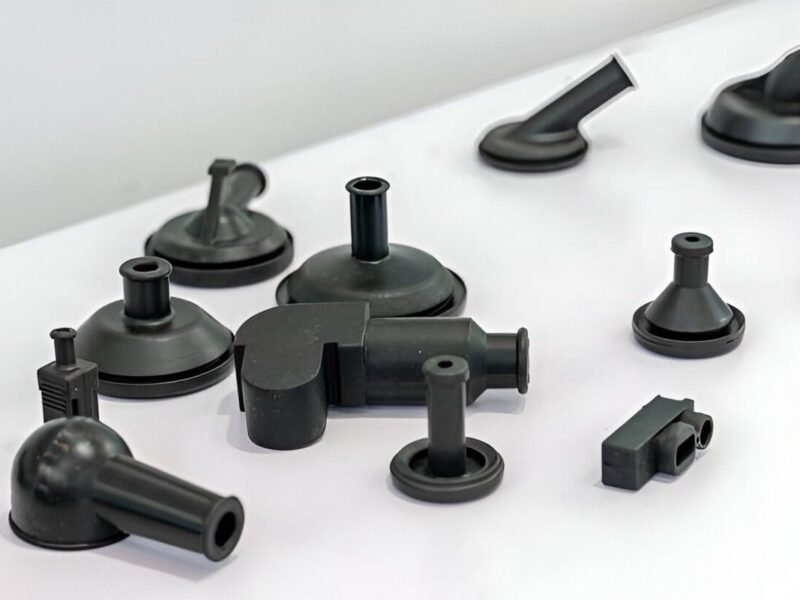In precision manufacturing, even the smallest of details carry great importance. They can affect how an entire system appears and functions. Among such details is a burr – a sharp edge, rough ridge or a raised area left behind after the usage of a tool or machine. This is typically common after processes like cutting, milling, or drilling.
Generally, burrs refer to any sort of protrusions or imperfections that are unwanted and affect the overall usage and safety of a component. Now, this is where metal deburring comes in.
Metal Deburring is a post-machining process that is employed to get rid of any visible burrs to achieve a smooth surface finish. Overall, it improves the quality and enhances the functionality of metal components.
In this article, we are going to explore what metal deburring is, its industrial significance, and the key to achieving a flawless surface finish.
Introduction to Metal Deburring – Understanding the Process
Metal deburring refers to the process of removing unwanted burrs from a metal part. These unnecessary protrusions, most of which are accidental, can interfere with proper assembly, restrict performance, and cause safety risks during usage.
Thus, the primary aim of metal deburring is to even out such unnecessary protuberances to achieve a smoother finish. It uses a variety of tools and processes, tailored to suit each part’s shape, material, and required surface finish.
Metal deburring can be done automatically as well as manually. The automated process is done by employing machines equipped with lasers, abrasive belts, or brushes. Manually, one can make use of hand tools. For example, sandpaper, abrasive pads, or files. Both methods help get rid of any defects left behind after grinding, cutting, drilling, or milling.
This process makes the metal components suitable for further manufacturing processes like painting, coating, spraying, etc. By guaranteeing precision and a high-quality surface finish, metal deburring ensures durable, high-performance metal parts.
Importance of Metal Deburring
Metal deburring provides safety to all people involved in the manufacturing process – workers, operators, and consumers. Working with metal parts that have sharp edges or unnecessary protrusions poses a great risk of scars and injuries. From production to transport till final assembly of a system using this component – getting rid of burrs reduces the risk of injury for all those involved.
Additionally, when metal parts are put through other machines during manufacturing, metal deburring also helps prevent wear and tear on other machinery. Additionally, it helps the final product look much better. It also allows for an even layer of paint and other coatings to stick to the surface effectively.
By making the final product a much safer and improved version of itself, metal deburring also helps companies prevent any possible lawsuits and legal consequences linked to faulty components or potential injuries.
Types of Burrs Commonly Found on Metal Parts
Burrs are unwanted projections like sharp ridges. They come in various shapes and sizes. Infact, how they form also varies from one burr to another.
Therefore, you must understand the types of burrs to be able to choose the correct method of metal deburring. Listed below are common types of burrs found on metal parts.
1. Rollover Burrs
Rollover Burrs are found most commonly. They’re usually formed when a cutting tool, without clean separation, pushes metal beyond the edge. This results in a displaced metal that folds over. Such burrs are common in ductile metals like aluminium and copper, especially after machining operations like drilling, turning and milling have taken place.
Although they are quite small, rollover burrs can become a hindrance by causing unnecessary friction during assembly when various parts are put together.
2. Breakout Burrs
How breakout burrs are sculpt comes from their name itself. Often, a machine or tool causes the material to break or fracture when it leaves its surface. This results in breakout burrs. They are especially common in brittle materials, such as hard plastic.
Generally, they tend to appear at the exit points of holes. Breakout burrs can be very sharp and rigid. They can easily lead to potential injuries and distort the dimensions of a component. Thus, employing metal deburring is essential in such situations.
3. Poisson (Compression) Burrs
The poisson burrs, also known as compression burrs form due to lateral deformation of a material. This is driven by compressive forces, resulting in the formation of a bulge at the edges.
They usually affect softer and ductile materials, especially during turning and forming operations. Often, they tend to appear during cutting.
With poisson burrs, the biggest problem lies in how hard they are to detect. These burrs mostly form internally, leading to unwanted stress concentrations, for example, on a particular area, and tolerance issues for the entire component. Since they result in a slight bulge with no apparent break, this is likely to be problematic during product assembly.
4. Tear Burrs
Tear burrs arise when a material breaks down or tears due to worn out cutting tools. When excessive force is employed, it results in large unpredictable burrs with sharp tips. This happens in situations where rough cutting operations are used, with little to no tool maintenance.
5. Cut-off Burrs
Cut-off burrs are formed during the final separation of a smaller piece from a larger stockpile. This usually happens when rough cutting operations are made use of, or the tools are in poor condition.
The formation of cut-off burrs is particularly common in CNC-parting operations, sawing and manual cutting. They can hinder the next stages of manufacturing, such as welding.
6. Thermal Burrs
Thermal burrs are very common when working with a heat tool. They form due to localized melting that solidifies, making small, uneven beads or globules appear along the edges.
This usually occurs in contactless cutting methods. Laser, plasma cutting, and electric discharge cutting (EDC) are three significant examples. Since they are hard and brittle, it is difficult to remove them easily. However, metal deburring is equally important in this case; otherwise, coating, sealing, and conductivity of metals are severely impacted.
Popular Metal Deburring Techniques
1. Manual Deburring
Manual deburring is the traditional method of removing burrs. It is the most cost-effective process, especially when catering to low-volume productions and metal components with simple geometries.
To perform metal deburring, a technician manually removes the burrs from a metal component by employing hand tools. These include, but are not limited to, sandpapers, wire brushes, abrasive pads, scrapers, files, and deburring knives.
This is ideal during the initial stages of product development. When developing different prototypes, it is expensive to employ automated deburring for each component made at every stage. Manual deburring helps do the final touch-ups for small parts in such scenarios.
2. Mechanical Deburring
Mechanical deburring uses machines and abrasive tools to get rid of burrs efficiently and quickly. This is especially common in medium to high-volume productions.
Metal deburring takes place when the metallic component comes in contact with deburring tools such as tumblers, abrasive belts or brushes, grinding wheels, etc. Depending on the metal component, the setup can be fully automated or semi-automated.
3. Electrochemical Deburring
Electrochemical Deburring (ECD) is a high-precision technique that uses electric current to remove burrs.
In a controlled electrochemical reaction, the component is connected to a positively charged electrode called the anode. The tool acts as the negatively charged cathode. An electrolyte solution flows in between. When current is applied, the burr dissolves into the solution without coming into physical contact with the tool.
This method is particularly useful for objects that have complex geometries, intricate patterns, and small crevices that are hard to reach into. It is commonly used for metals like stainless steel and titanium.
4. Thermal Deburring
Also known as explosive deburring or the thermal energy method (TEM), thermal deburring is a technique built for hard-to-reach crevices. Inside a sealed chamber containing the metal component, a high-pressure mixture of gases and oxygen is ignited by a spark. This causes a controlled explosion. The intense heat burns away all the burrs instantly, while the component itself remains unaffected.
5. Laser Deburring
Laser deburring is another contactless method that employs laser to vaporise burrs from the metal surface. Since there is no physical contact, it is particularly useful for delicate metal parts having tight tolerances.
Selection Guide – Choosing the Right Metal Deburring Tools
To achieve a high-quality finish, it is essential to choose the right metal deburring tools. This selection, however, depends on a number of factors. This includes the part’s geometry, production volume and scale, material, and the required precision level.
Discussed below is a breakdown, relative to the type of machinery, to help you with your selection.
-
Manual Tools:
Manual tools are especially useful when working with a low-scale production. For instance, when developing prototypes. They are ideal for dealing with easy-to-reach burrs and giving the final finishing touches to a product.
However, the final result relies solely on the manual skill of the technician. Similarly, the process can often be very time-consuming.
-
Mechanical Metal Deburring Machines:
Deburring machines are the best option when it comes to large-scale productions and high-volume batches. They enhance the overall speed and consistency. Ideally, objects with repeated patterns, and external burrs can be treated. However, it is not suitable for intricate designs.
-
Air Turbines and Rotary Tools:
These tools have interchangeable heads, so they offer high-speed precision, but in a controlled setting. They are used to remove burrs from objects that have difficult geometries and intricate patterns, especially in areas like aerospace.
Further, there are methods like laser deburring, thermal deburring, and electrochemical deburring that can be employed in case of advanced situations and complex geometries.
Metal Deburring and Surface Finishing at Premium Parts
At Premium Parts, we understand that a flawless finish not only enhances appearances but promotes functionality as well. This is why we offer a range of metal deburring and surface finishing services that are tailored to suit your individual needs.
Reach out to get a free consultation and an estimated quote price for your project.
Conclusion
Metal deburring may seem like a small step in CNC manufacturing, but it has a major impact on the final product. It helps get rid of any excess unwanted material, enhancing the functionality of your component.
By removing all unnecessary extrusions and burrs, metal deburring ensures that each metal part not only fits perfectly, but also reflects the high standards of your brand.
FAQs
- What is the purpose behind metal deburring?
Metal deburring helps get rid of sharp edges, unwanted protrusions, and any excess material left behind.
- Do all machined parts require deburring?
Mostly, yes. Machining processes like drilling, cutting, grinding and milling always leave behind some sorts of burrs. Sometimes they are not visible, but they can affect the functionality or assembly of your project.
- How is metal deburring different from polishing?
Metal deburring is used to remove sharp edges or protrusions that are left behind after machining processes. On the contrary, polishing helps improve surface shine and smoothness.


